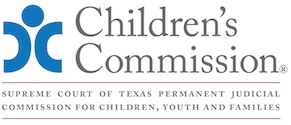Introduction
Adoption creates the legal parent-child relationship between the adopted child and adoptive parents for all purposes. Tex. Fam. Code § 162.017(a). The adoptive parents assume the permanent roles of parental care, custody, and control of the child as though the child were the biological child of the parents. Tex. Fam. Code § 162.017(b). Through adoption, the new parents make a commitment to the court and to the child that they will provide for all aspects of the child's well-being, thereby concluding the decision-making and monitoring roles of the court.
